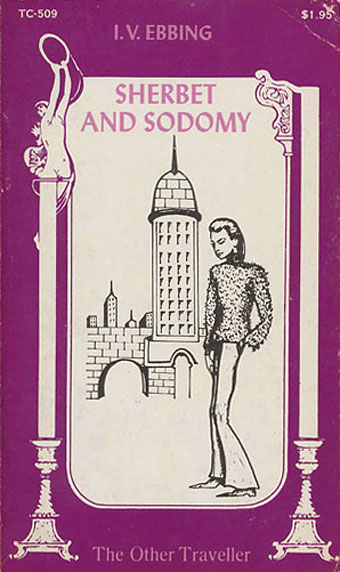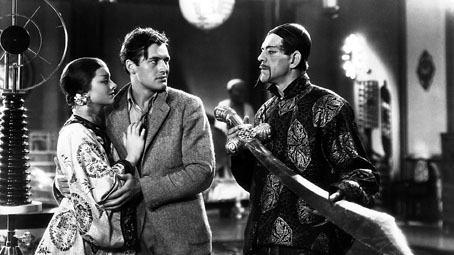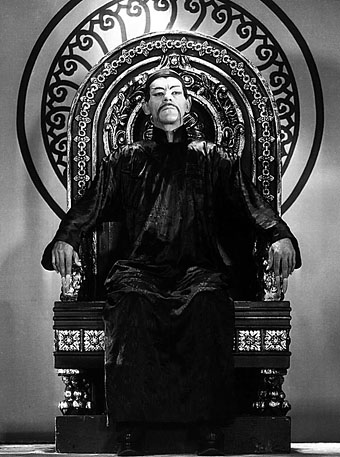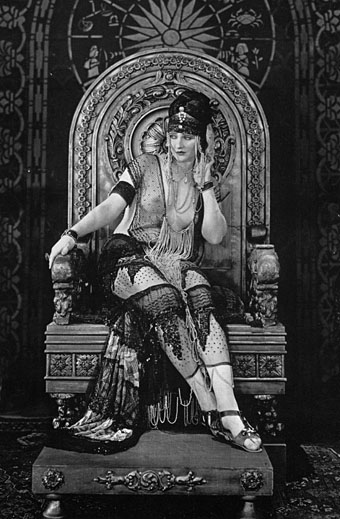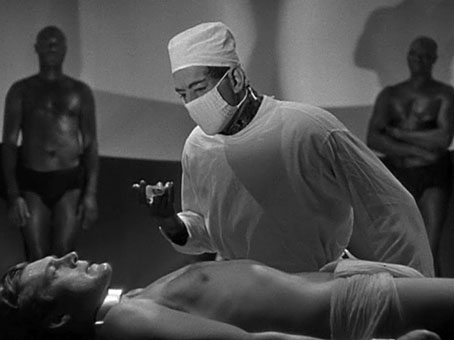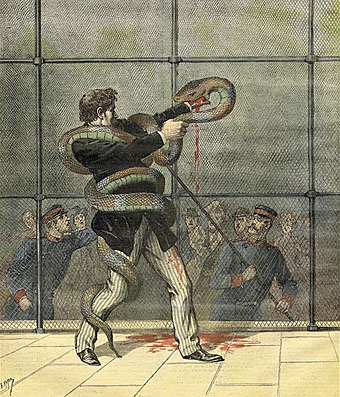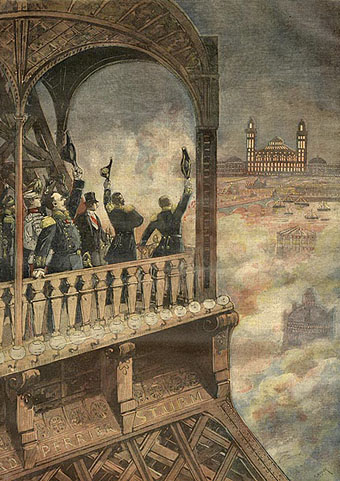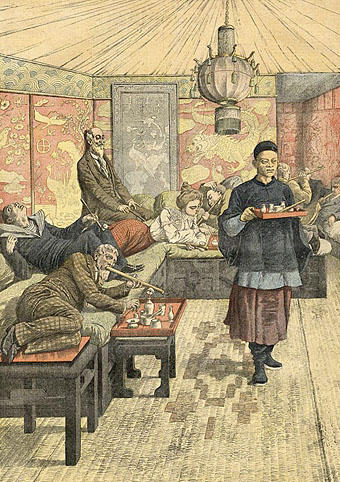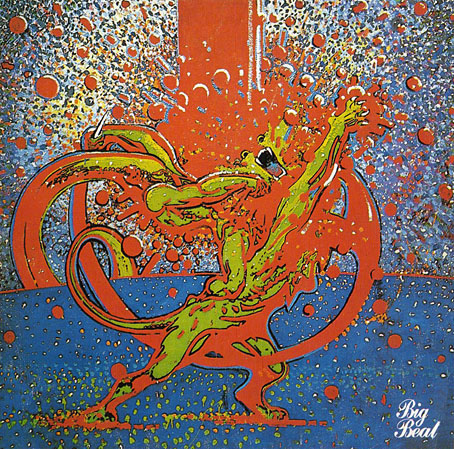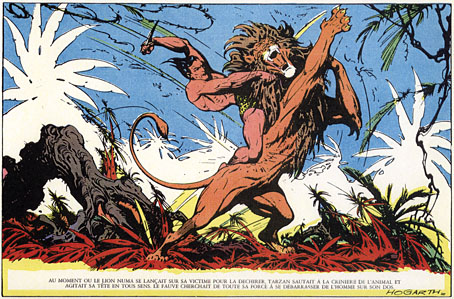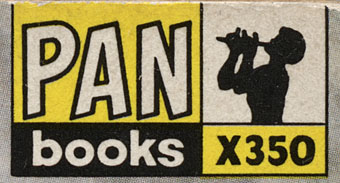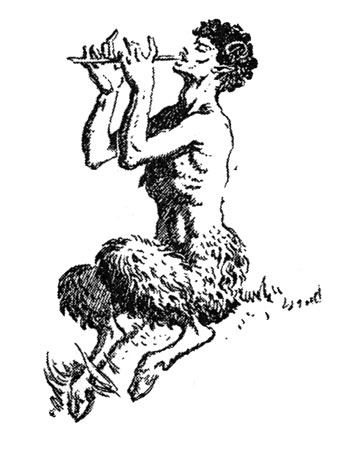Cover art by Coker.
We had Shock Headed Peters walking through Sodom yesterday so this novel from 1971 seems like a fitting follow-up. The eye-catching title is no doubt an allusion to Byron’s description of Turkish baths as “marble palaces of sherbet and sodomy”, an epithet which one imagines sent generations of sweet-toothed Uranians trekking to Constantinople throughout the 19th century. I’d seen the cover of this book before on sites which collect the gay fiction of the late Sixties and early Seventies—that doubly-phallic tower makes a good match for the cover of Bugger Boy—but I don’t recall reading a description of the contents before. Homobilia has an extract from the opening page:
My name is Jud. I am eighteen and a half. I was born from the felicitous conjunction of an anthropologist and an ethnologist under the sign of Capricorn. I have been called cute, handsome, pretty, and good-looking; actually, I am beautiful… my nose is classically English, along the line of Reynolds, maybe with a little Caravaggio thrown in around the nostrils. My athletic adolescence on the swimming team at Sterling High has given me a slender muscular body… my eyes are South Pacific blue. I have read Hesiod. I masturbate regularly. I have no concept of money or its value. I try to keep my farts silent. I have juvenile down on my ass. I have read the minor Elizabethan poets and I have looked at my anal sphincter in the mirror. Until last week I considered myself heterosexual…
Four art and literatures references in a single paragraph…yes, I’m intrigued. The book is out of print, unfortunately, but searching at Abebooks reveals copies for sale and an additional description:
How does a handsome young cat, newly out and grooving on the gay scene of Greenwich village, suddenly find himself in the silken clutches of El-Dahabi, an Arab sect which celebrates the attainment of perfect love through pain and submission?
So now the Byron reference makes sense. Many of these gay paperbacks were written under nommes de plume and IV Ebbing may well be another of these, there’s certainly no other reference to he (or, indeed, she…) on the web aside from this title. There’s a notable dearth of information about the fiction which emerged in a flood after the first flush of liberation in the late Sixties, when numerous titles for lesbians and gay men were published as cheap paperbacks. Strange Sisters and Gay on the Range document the cover art but I’d like to see a site which told us more about the writers and, where possible, the books themselves. The history of all kinds of pulp fiction has been extensively chronicled; isn’t it time that someone did the same for gay erotica?
Elsewhere on { feuilleton }
• The book covers archive
Previously on { feuilleton }
• Bugger Boy
• Gay book covers

